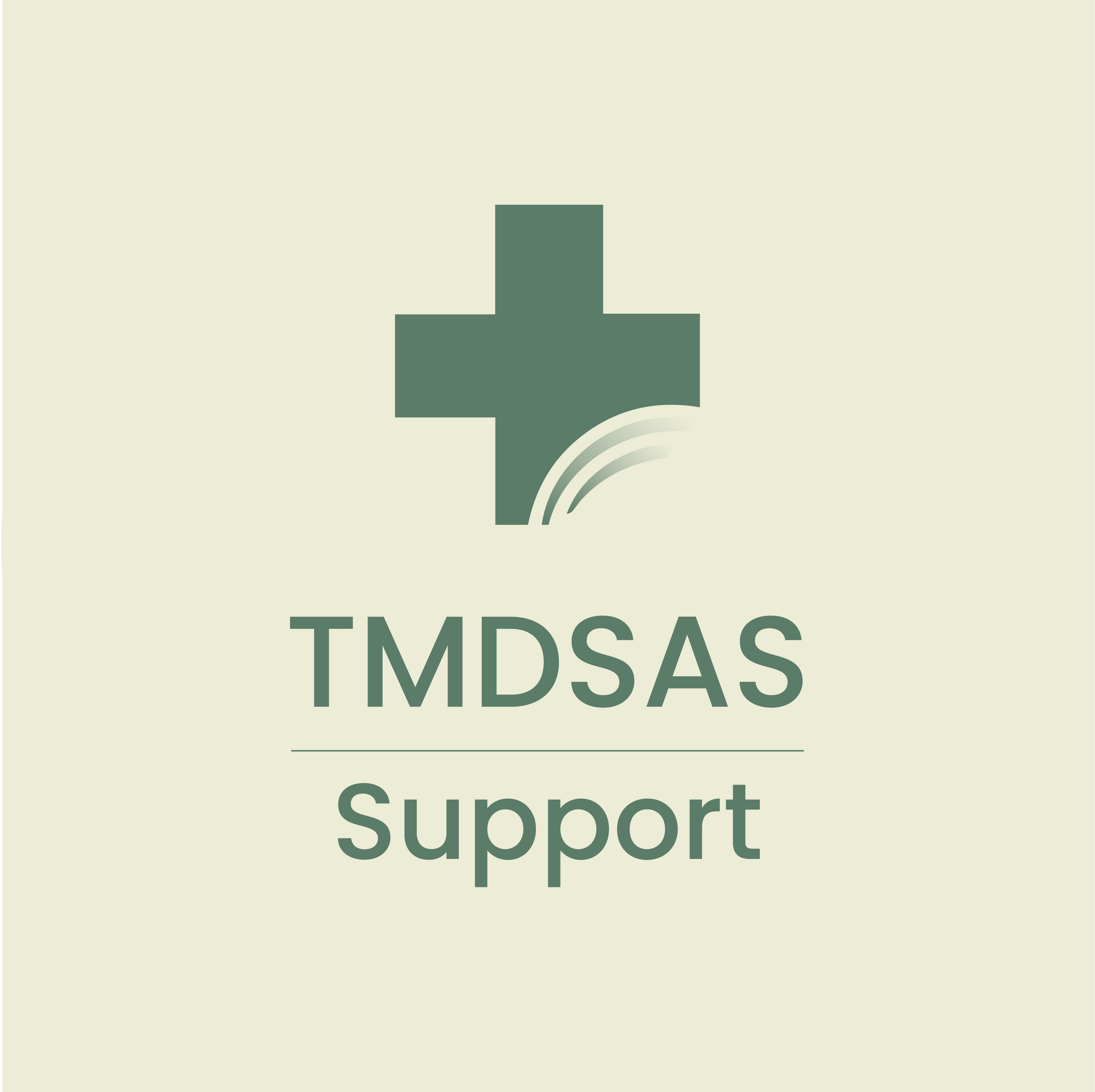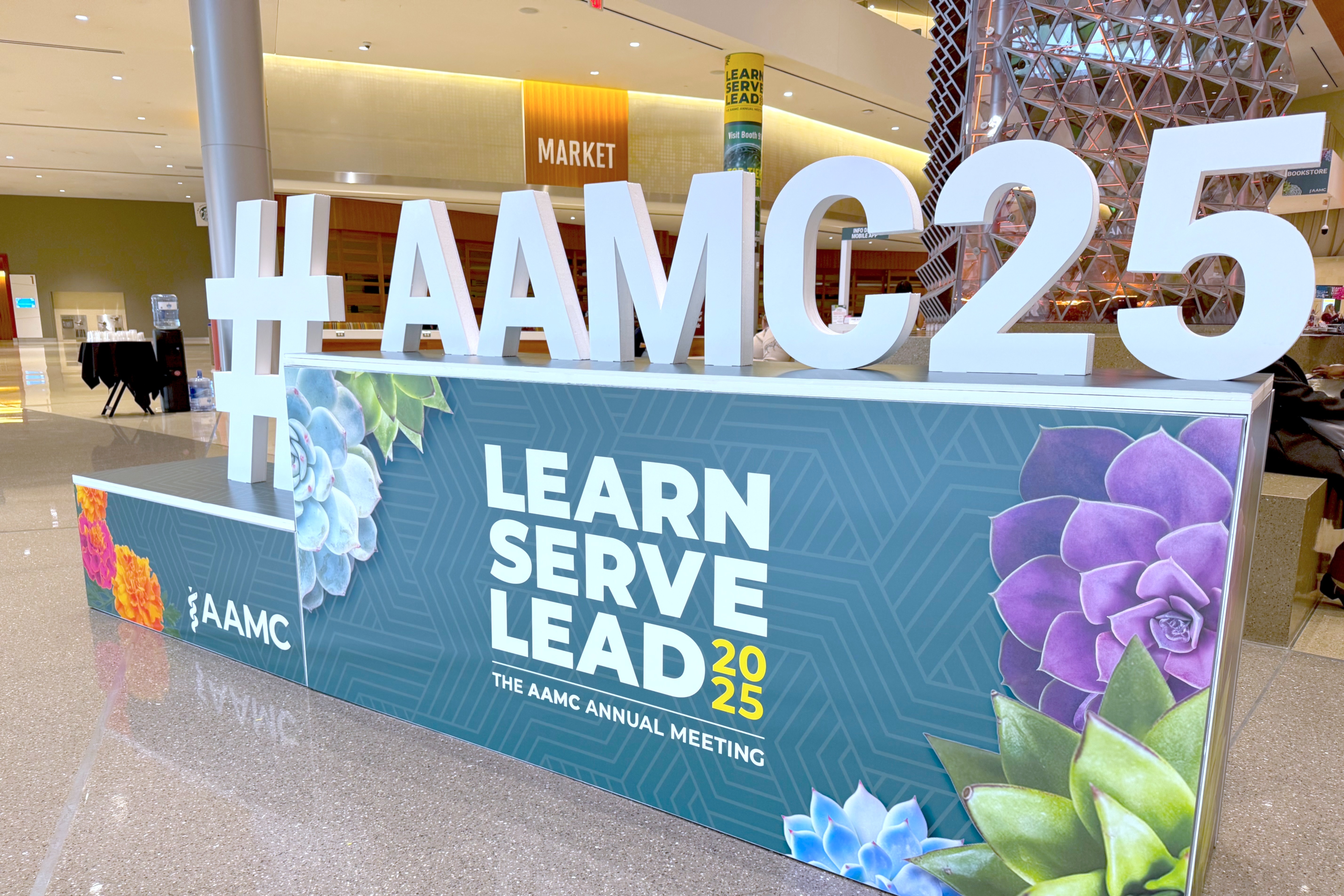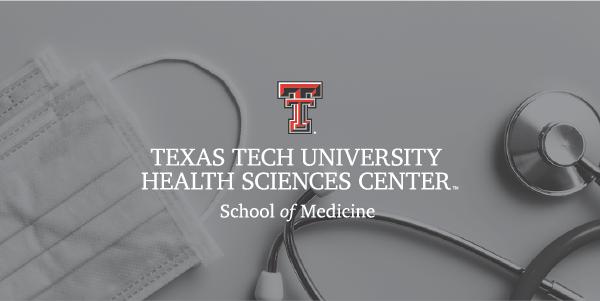Ask Me Anything: Answers From Applicant Liaison Breanna (Part I)
A recap on the Office Hour live Q&A session held September 20th, 2021.
Hello! My name is Breanna Bietz, and I’ve been an applicant liaison with TMDSAS for
the past three years. I serve applicants throughout the application process and help
TMDSAS develop resources—such as the TMDSAS website, the Inside Health Education newsroom, and the Application Guide.
You might ask, “What do liaisons do during processing?” and that is a great question
to kick off our conversation! When processing your submitted application, your TMDSAS
applicant liaison looks over certain sections, such as your coursework and residency
sections, to ensure that your application is ready to be transmitted to the dental,
medical, or veterinary schools of your choice. They may reach out to you if any clarifications
about coursework are needed, or to request certain residency documents.
As a liaison, I was asked if I had any general advice for applicants. Yes, I do! There
are three suggestions I’d like to toss out into the universe for current applicants
and anyone thinking about applying through TMDSAS in the future.
1.
Consider Your Timeline
When do you want to apply? What are the deadlines and challenges leading up to your
submission? Depending on what type of applicant you may be-- dental, medical, or veterinary--
familiarize yourself with the various timeline considerations, such as when your letters
need to be submitted to TMDSAS and how much time in advance you will need to acquire those
letters from your evaluators or health professions committees.
2.
Utilize Your Resources
Putting in the research and locating the tools you need before you apply will make
the process way less stressful. Are you familiar with the TMDSAS policies for coursework and residency? Have you checked to see if there is a course listing on the TMDSAS website for your institution? What about the changes you’re allowed to make post-submission? (Spoiler alert: there may not be as many as you thought!) Don’t worry, this information
and more can be found on the TMDSAS website and within the Application Guide. Once you discover the information that’s already available, you will pat yourself
on the back for your wonderful preparation skills and be one giant step closer to
a professional school acceptance letter.
3.
Expect to See Application Lingo
When it comes to application processing, there may be some terms that you have not
heard before, or you’re not quite sure what certain terms mean in regards to your
TMDSAS application. For example:
Course Coding is what we say when talking about the course area selection for your individual courses.
(e.g., Biology Lecture, Chemistry Lab, English, Other Science, etc.)
Deficiencies refer to the course hours that may be missing in any given prerequisite coursework
area listed on the PCR.
*Please note that any course on the PCR that shows a grade of ‘NY’ for “Not Yet Reported”
may be the cause of the listed deficient hours, however, this deficiency will clear
when a grade is entered for the course. *
Processing is a term that indicates your application is awaiting transmission to the schools.
This means that the TMDSAS team is in the process of going through your coursework,
looking at your residency information, and ensuring that there are no major issues
before the application moves on to the schools.
*Processing times vary depending on the influx of applications received during the
height of the application cycle. Current processing times are posted on the TMDSAS
homepage.*
Transmission means that your application has finished processing and has been sent to the schools
you’ve selected.
Validation is a process that happens later in the cycle when accepted applicants are asked to
send in official transcripts for TMDSAS to crosscheck the listed coursework within
the application.
Verification is a term referring to an action during processing where your applicant liaison assesses
your coursework to make sure your courses have been properly coded and there are no
discrepancies, like the number of hours or the course type selected.
You are not expected to know all of these terms in order to complete your application,
but you will come across them at some point between now and your matriculation into
dental, medical, or veterinary school.
So with these three key points in mind, you can improve your accuracy and lower your
stress throughout your journey
There are many more questions where these came from, so keep your eyes peeled for
part two of this four-part series, where I will leap head-first into popular coursework
questions.

About the author: Breanna L. Bietz is an applicant liaison and resource development specialist at TMDSAS. She contributes to the development of resources for applicants and serves as an editor of the Inside Health Education Newsroom as well as the TMDSAS Application Guide. Additionally, she serves as a copywriter and curator of the TMDSAS website. Breanna works with the TMDSAS team to educate, prepare, and support applicants prior to the start of the application cycle and processes applications throughout the duration of the cycle. She participates in various outreach efforts, including on-campus or virtual workshops and applicant webinars. Breanna holds a master's degree from the University of New Orleans and a B.A. from the University of South Dakota.

About the author: The TMDSAS Support team is here to help address your questions about how to get through the application to the schools quickly and easily.




